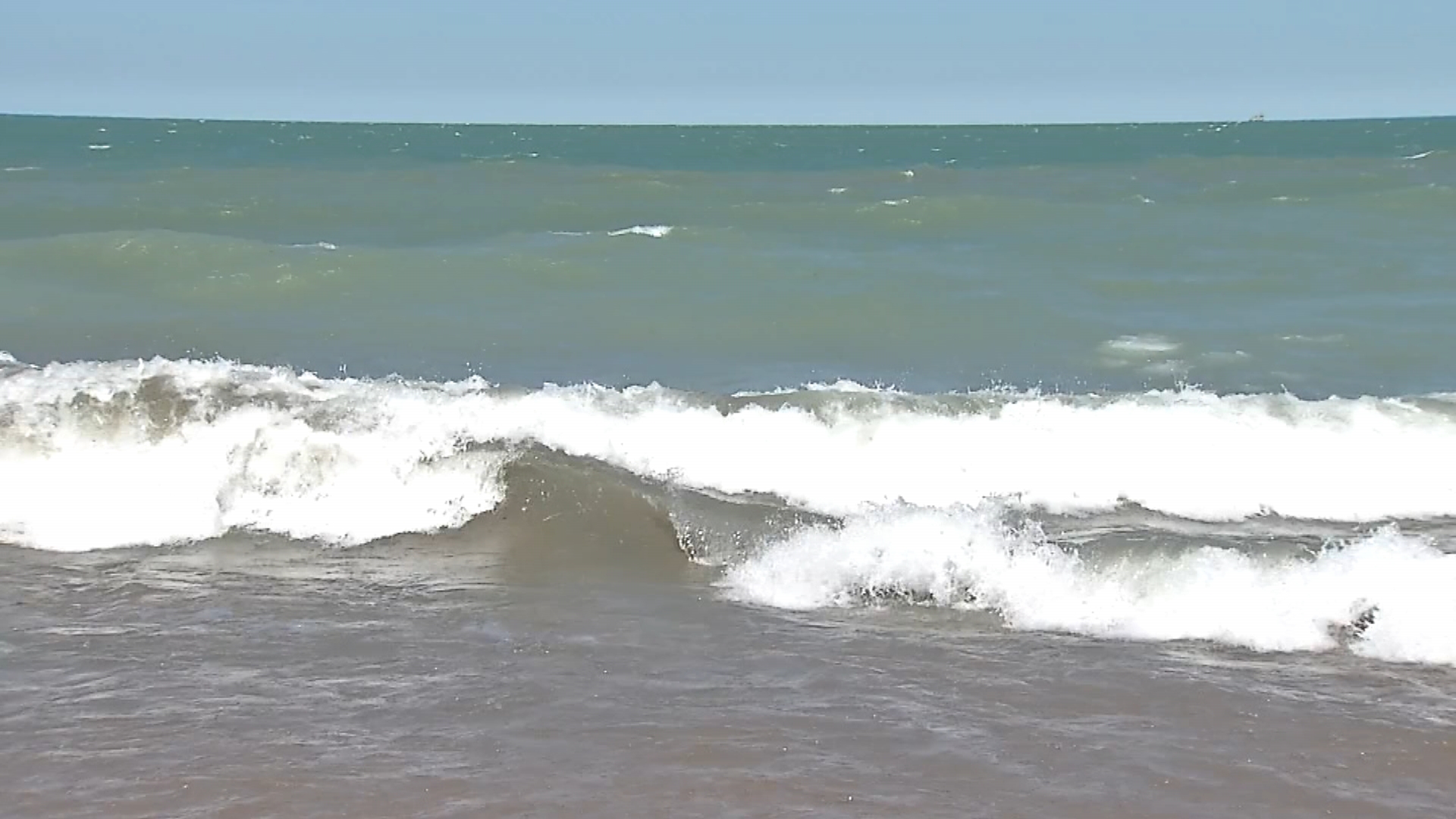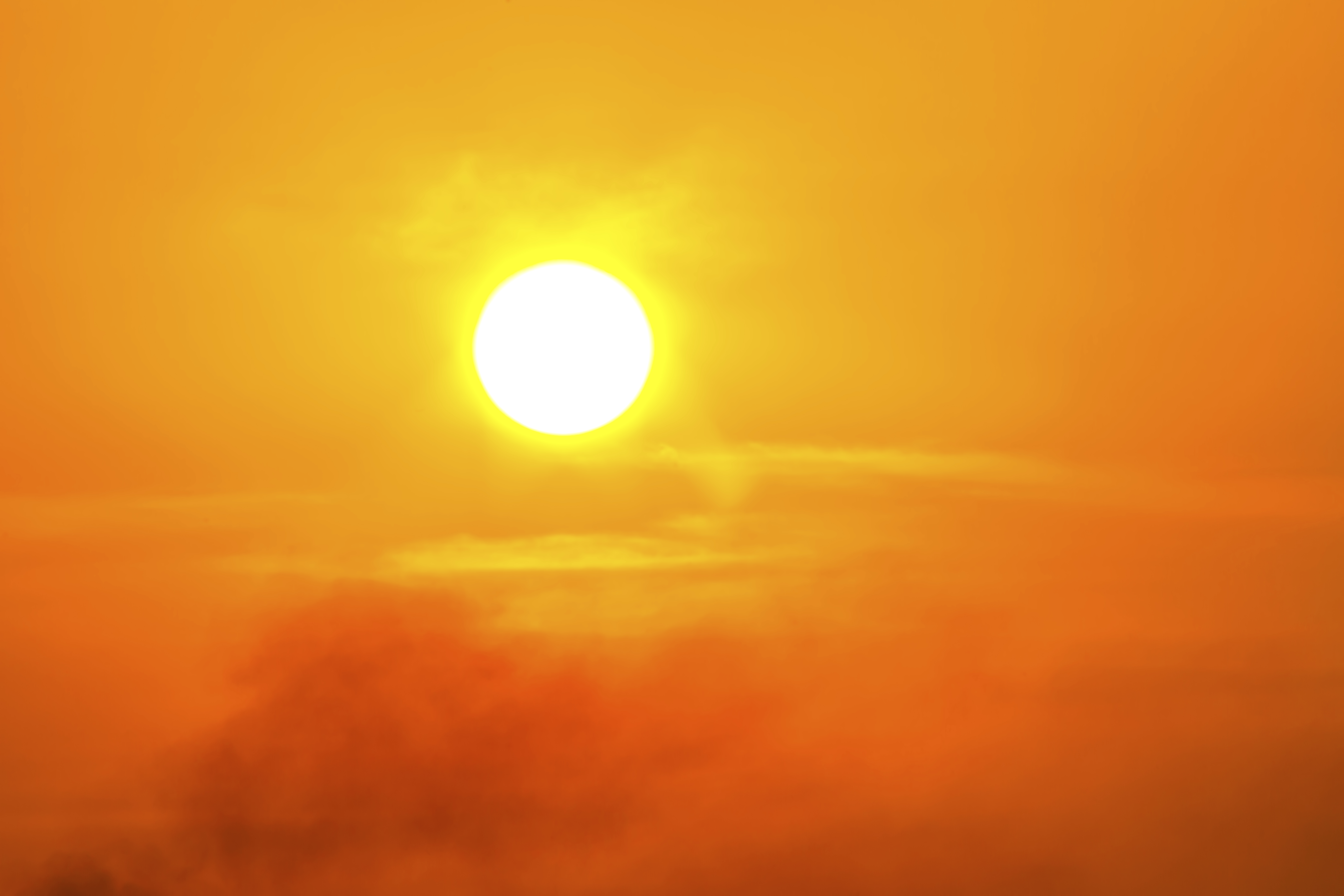The Northern Hemisphere is entering into its strongest El Niño winter in nearly a decade, but just how much will it impact the snowfall totals and temperatures in the Chicago area?
An El Niño weather pattern originates in the Pacific Ocean, and occurs when water temperatures near the equator rise above average. This is due to a shift in trade winds, which in turn change the currents within the oceans.
When the water is warm, it can alter the position of the jet stream across the globe, including shifting the jet stream farther north from Chicago, giving us a milder and drier winter.
However this isn’t always the case, and we can still get some big snow events even during an El Niño winter.
The stronger the El Niño, the more likely we’ll have a drier and milder winter. The weaker it is, the lower the correlation.
So what kind of El Niño is forecast this season?
According to the Climate Prediction Center, the Chicago area is currently in a “moderate-to-strong” El Niño pattern, with a 55% chance of it developing into a “strong” El Niño year. There is also a 35% chance an “historically strong” El Niño could emerge.

According to CPC data, the last two “very strong” events were in winters 2015-16 and 1997-98, and those winters can be instructive in terms of temperature and snowfall.
Local
Feeling out of the loop? We'll catch you up on the Chicago news you need to know. Sign up for the weekly Chicago Catch-Up newsletter here.
During the meteorological winter spanning Dec. 1997 to Feb. 1998, the Chicago area only received 16.3” of snow, which is nearly half the average snowfall total for those three months. That winter also ended up with an average temperature 3.1-degrees above the norms, with February seeing an average temperature nearly 10 degrees above normal.
Between Dec. 2015 and Feb. 2016, the area received 16.5” of snow. Temperatures were once again well above normal, approximately 2.7 degrees above average. December of that year was especially warm, 8.5 degrees above normal.

Those strong El Niño winters produced very mild seasons with about half the area’s average snowfall.
Even with that in mind, residents should remember that a moderate El Niño doesn’t have quite the same punch. The El Niño that impacted the Northern Hemisphere between Dec. 2009 and Feb. 2010 was moderate, and while temperatures were still 3 degrees above average, there was plenty of snow.
In fact, that winter had the eighth-snowiest December (20.8”) and fifth-snowiest February (22.5”) since recordkeeping began in the 19th Century. In all, the Chicago area received 52.4 inches of snow during meteorological winter.
To sum up the data, if the area ends up experiencing a strong El Niño, we are more likely to end up with a drier, milder winter, such as those in 1997-98 and 2015-16. If El Niño is more moderate, it could increase the potential for more snowfall, and perhaps some cooler temperatures.



